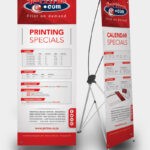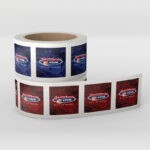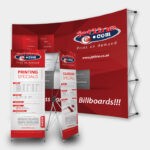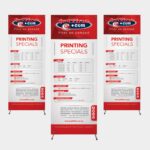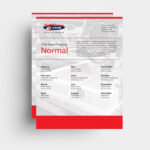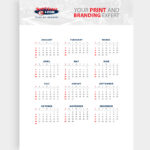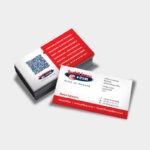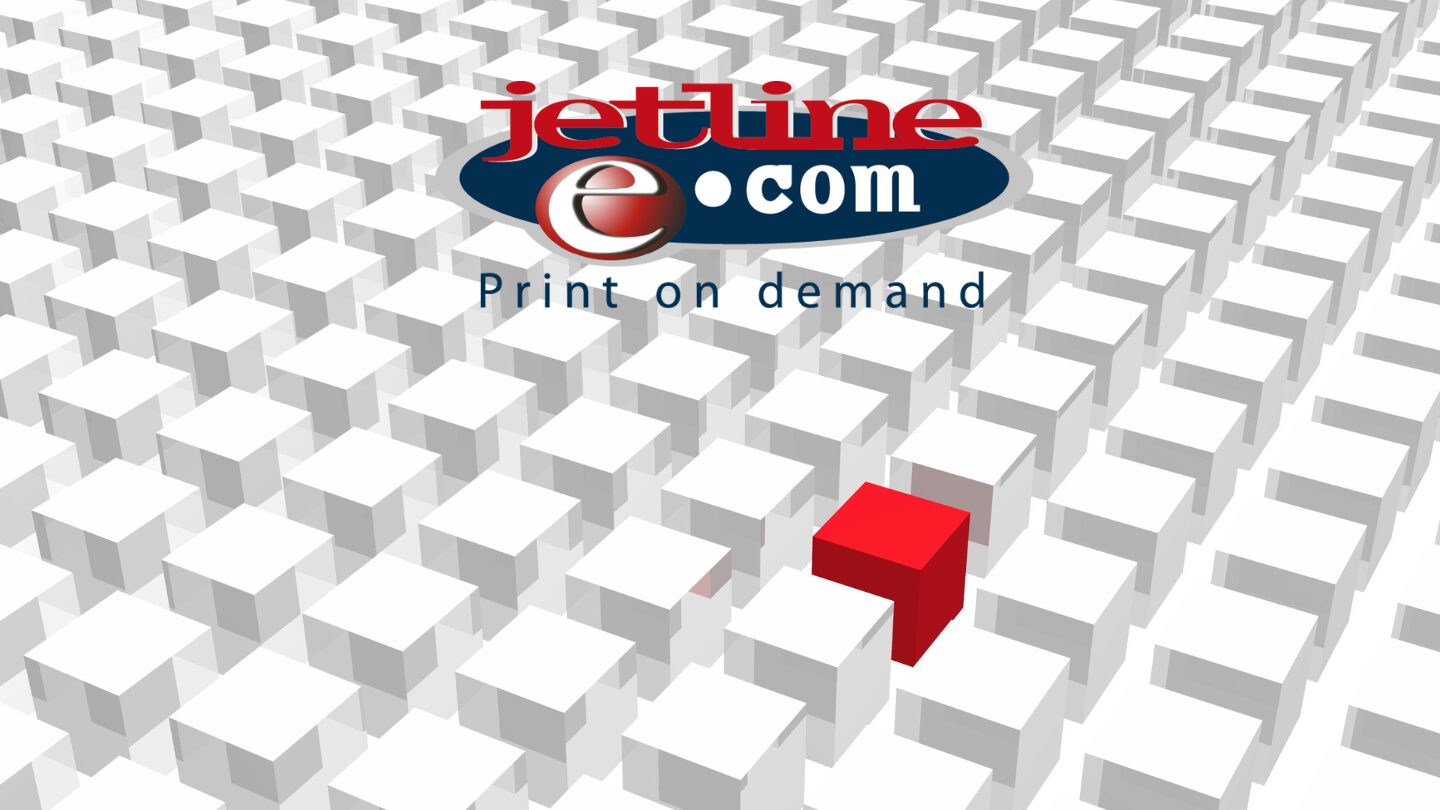“Products are made in the factory, but brands are created in the mind”
(Walter Landor)
Your brand is your customer’s perception of your business: who you are, what you represent, experiences they have shared with you and how they relate to you. Branding and brand management solutions are a necessity, not a business indulgence.
If you have a brand that is not clearly defined and you have a smorgasbord of visuals, colours and content to work from, than it is time to consult branding strategy experts, graphic designers, branding companies, printing companies and marketing specialists.
You need to take a step back to focus and to clearly identify the foundation of your brand. Your brand is your promise to your customers and it is time to define what it is you are promising them.
Defining Brand Strategy
A brand strategy is a well thought out, long-term plan for the development of a successful and recognisable brand identity. This “business personality” is created to achieve certain goals and missions. Many businesses make the mistake of believing that their “brand” is simply their product or service, logo and name. This is a massive misconception and your brand is much more that that. It is a living, breathing organism as opposed to a one dimensional entity.
So, what do branding companies, brand strategists and marketers consider the essential components of brand strategy?
Define your Purpose
As mentioned previously, your brand is your promise. However, in a marketplace where the consumer has little confidence and is vigilant when it comes to making a purchase decision – your business brand needs to define its purpose to gain consumer trust.
How do you define a business purpose?
This can be split into two parts: intentional and functional.
Intentional:
This is the concept of gaining success by doing something positive in the world – solving a specific problem.
Functional:
This is the concept that focuses on evaluating success in terms of immediate commercial gain.
While making money is of course vital to all businesses, society admires brands that focus on achieving more than simply profit.
Ikea is a great example of this:
As mentioned previously, your brand is your promise. However, in a marketplace where the consumer has little confidence and is vigilant when it comes to making a purchase decision – your business brand needs to define its purpose to gain consumer trust.

This is not just a brand selling a product, it is a brand adding to our lifestyle in a positive and helpful way. When creating your business vision, keep this kind of thinking in mind. Of course, making profit is a priority, but operating under this notion alone definitely doesn’t set your brand apart, if anything, it turns people away.
Consistency is Key: Brand Management Solutions
Consistent Content and Tone of Voice
When it comes to content consistency, you need to ensure that you only discuss topics that relate to or enhance your brand identity. If you post something online that confuses the audience, you are going to lose their trust. Simple as that.
Your brand message needs to be streamlined and cohesive. It is this consistency that leads to brand awareness and brand recognition. This promotes client loyalty and establishes your brand as an industry authority.
Consistent Design
By having consistent design on all marketing materials, you create a recognisable brand. This allows consumers to quickly identify your service or product. Consistent company branding augments your image and most importantly, resides in the mind’s eye of the consumer.
people do business with companies they are familiar with and if your branding is uniform, you instantly become recognisable and trusted. This makes the consumer feel at ease when purchasing your service and product. The goal is to make your brand cohesive across all marketing platforms, from business cards and brochures to emailers and letterheads.
By investing in a long term brand management solution, you keep your business consistent in its representation. This close attention to detail transcends product lines, audience appeal and company message. This gives your business the opportunity to grow and maintain a loyal customer base.
Connect with your Target Market
Why would society spend thousands on a pair of Manola Blahnik shoes as opposed to an identical design replica? Yes, the quality is better for sure, but we are talking about shoes that eventually get worn out. Bottom line? Sometimes, as consumers, we aren’t exactly rational.
It is because there is some kind of emotive voice driving the consumer. They want to be as recklessly stylish as Carrie Bradshaw (Side note: Sex and the City was a great platform for Blahnik to advertise his heels.) Sex and the City connected with a newly empowered generation of women with money to spend and style to embrace.

Blahnik tapped into the emotions of the consumer and became a part of its target markets culture, appealing to the wealthy and well, no-so wealthy. The consumer just wanted to feel beautiful in a pair of these heels and would spend money on them to be a part of the lifestyle.
Employee Engagement
As mentioned previously, consistency is vital in building brand awareness and authority. Yes, a style guide outlining your design and content will help you give your consumers a streamlined marketing experience, but it is just as important for your employees to understand how your business communicates as they are a part of your brand too.
If your brand is quirky and playful in all marketing and communications, then your customer should never have to connect with a monotone, sullen, and irritable business representative.
Take Google into consideration. If you spoke to a Google employee and experienced a bitter, cold person, how would you feel? Shocked, right?

You have probably heard all about their awesome corporate culture. They are probably the ultimate example of employee engagement. Their employees work in a fun, quirky, generous and progressive environment. They interact with each other and they consumer with wit and intelligence. They are everything that Google stands for.
Google staff members understand the Google brand and at the same time, Google understand the importance of their staff – this is why they offer unique incentives and create playrooms for their employees. How could you not be happy working at Google?
With this in mind, if you went to a law firm and met with a man who was excitable, quirky and eclectic, how would you feel? Shocked, right?
Company culture is imperative and something that should never be taken lightly – this is not a part of your brand strategy to toss aside.
The bottom line? Never underestimate the power of proper branding.
Contact the Jetline professionals today for the ultimate brand management solutions.



















